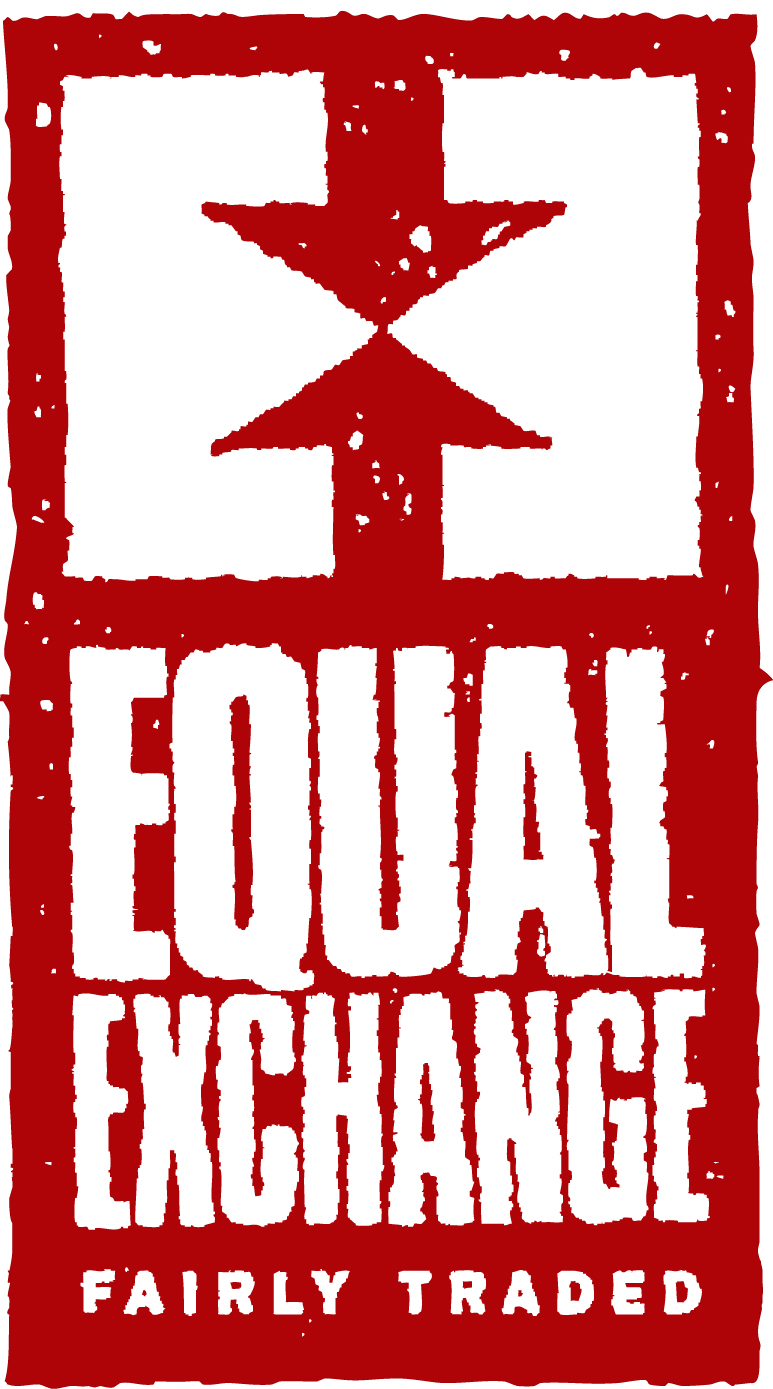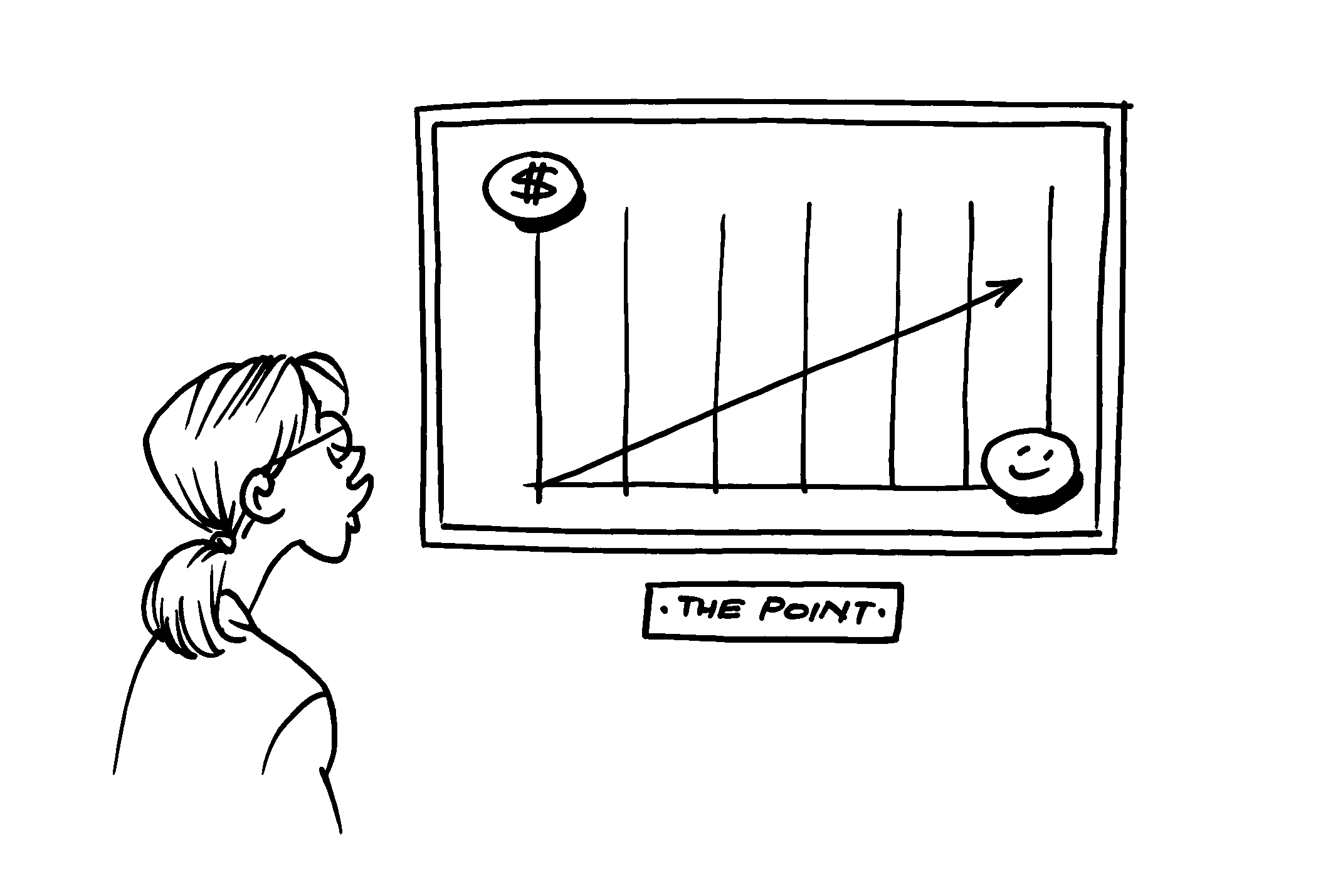Social Intrapreneurship at Work
/ “How many of you would call yourself a social intrapreneur?”
This was the question that Mark Feldman, managing director of Cause Consulting posed to the fifty attendees at this morning’s Boston College Center for Corporate Citizenship Conference breakout session, “The Business of Corporate Citizenship: Creating New Social Ventures within Your Company.”
“How many of you would call yourself a social intrapreneur?”
This was the question that Mark Feldman, managing director of Cause Consulting posed to the fifty attendees at this morning’s Boston College Center for Corporate Citizenship Conference breakout session, “The Business of Corporate Citizenship: Creating New Social Ventures within Your Company.”
A quick glance around the room showed only a handful would give themselves this title.
Yet, as Mark and his panelists, Amy Skeeters-Behrens (head of Global Citizenship Marketing, eBay) and Nancy Mahon (executive director, MAC AIDS Fund), made it clear to all attendees, anyone considering creating a “social corporate enterprise” within their company is exactly that. Perhaps, Mark suggested, after this session, “you’ll consider yourselves a little bit differently.”
But first: what is a social intrapreneur? According to Amy, a social intrapreneur focuses on “building and developing new ventures within a company, designed to generate large-scale social impact”.
For eBay, this means creating a wide array of ventures – from the eBay Green Team to World of Good by eBay – that enable their buyers, sellers, employees and larger community connect to causes they care about. At MAC AIDS Fund, social intrapreneurship takes the form of the MAC Viva Glam line of lipsticks and lip glosses whose sales support HIV/AIDS initiatives globally.
Throughout the panel I was struck by a handful of ideas and themes that kept cropping up – what I’d call best practices for any social intrapreneur:
Alignment of core competencies and the social venture you’re creating: As Amy stressed, and Nancy reiterated, building these social venture opportunities means taking a long, hard look at what your company does well – and what it might not be as good at. Not only does this ensure your venture will be aligned with what you do best, but it forces you to partner with authentic, credible leaders in the space you want to play in. In eBay’s case, they are great at building shopper marketplaces and providing a trusted space to transact, but they’re not as knowledgeable or skilled in other crucial areas that were necessary to build World of Good. This led them to partner with social entrepreneurs and industry leaders to help build their model – and their credibility.
Creation of a point of view for your venture: Nancy repeatedly brought up the idea that the Viva Glam line of products has been successful because it represents a connection to a singular point of view (HIV/AIDS awareness, prevention and support). The great thing about having a CSR point of view, rather than simply a portfolio of smaller causes grouped together, is that this can clearly support the business’s point of view and brand meanings.
CSR needs to be about making money: Both panelists agreed that “profit isn’t a dirty word” and that “you can make money and do good in the world.” This idea is especially crucial for developing the business case for CSR – until you come to terms with the fact that CSR must directly tie to financial outcomes, you won’t be able to create and identify the data you need in order to make a compelling business case for your work.
In all it was a terrific first breakout session, with great ideas and inspiration flowing throughout the room. I can’t wait to see how the next session goes!
Ashley's Note: This is the first of three posts I wrote as a featured blogger for The Boston College Center for Corporate Citizenship's 2010 Annual Conference. Click these links to learn more about the conference, check out the session description, and to read all the blog posts from the event.



 How many of you have heard of
How many of you have heard of 

 This weekend I was lucky enough to be featured as a panelist at the
This weekend I was lucky enough to be featured as a panelist at the 
 Thus, in essence, CSR leads to engaged employees which leads to increased returns for business. And voila - the business case for CSR in a nutshell!
Thus, in essence, CSR leads to engaged employees which leads to increased returns for business. And voila - the business case for CSR in a nutshell!